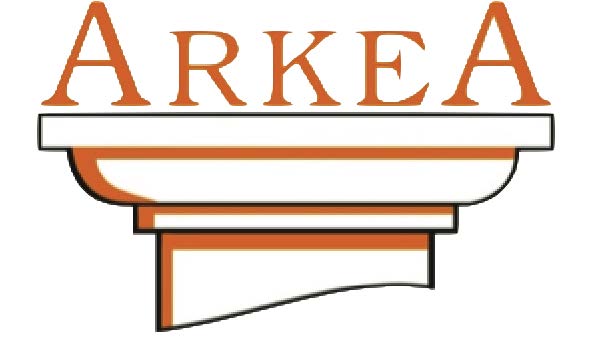Design Trends 2025: How 3D Tools Are Shaping the Future of Product Creation
Design is still about solving real problems, but the pace changed. The old loop—sketch → mock-up → review—now runs at high speed. With CAD and rapid prototyping, ideas leave the slide deck and land on the desk. You can hold them, test them, break them, and learn—earlier.
When I sketch, I already think about how it will behave once it’s printed. Early shape tests beat long arguments about theory. Fewer slides, more learning.
Human-centered design is back
Looks still matter, but we start with comfort and clarity. Which friction are we actually removing? Micro-prototypes keep real users in the loop from day one.
Sustainability as a driver
Every choice counts: PLA blends, recycled board, inks, packing geometry. Constraints force better ideas—fewer parts, easier disassembly, lighter freight.
Collaboration by default
Shared CAD, async reviews, and quick prints turned design into a team sport. Diverse viewpoints beat lone-genius myths—and de-risk decisions earlier.
Where it’s heading
Prototyping power is now accessible to small teams. Expect bolder bets and tighter feedback loops. Faster, more sustainable, more human—that’s the trajectory.
